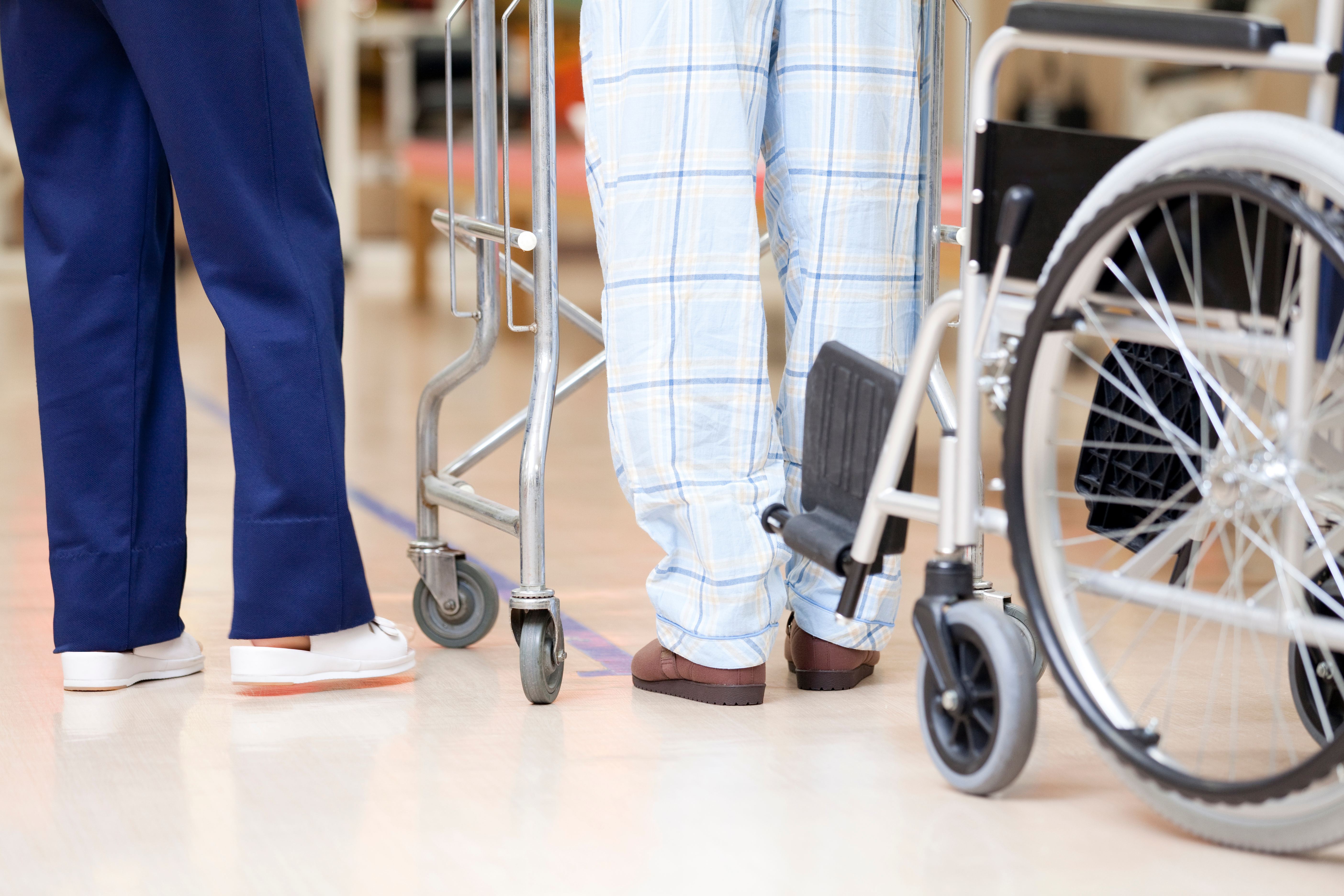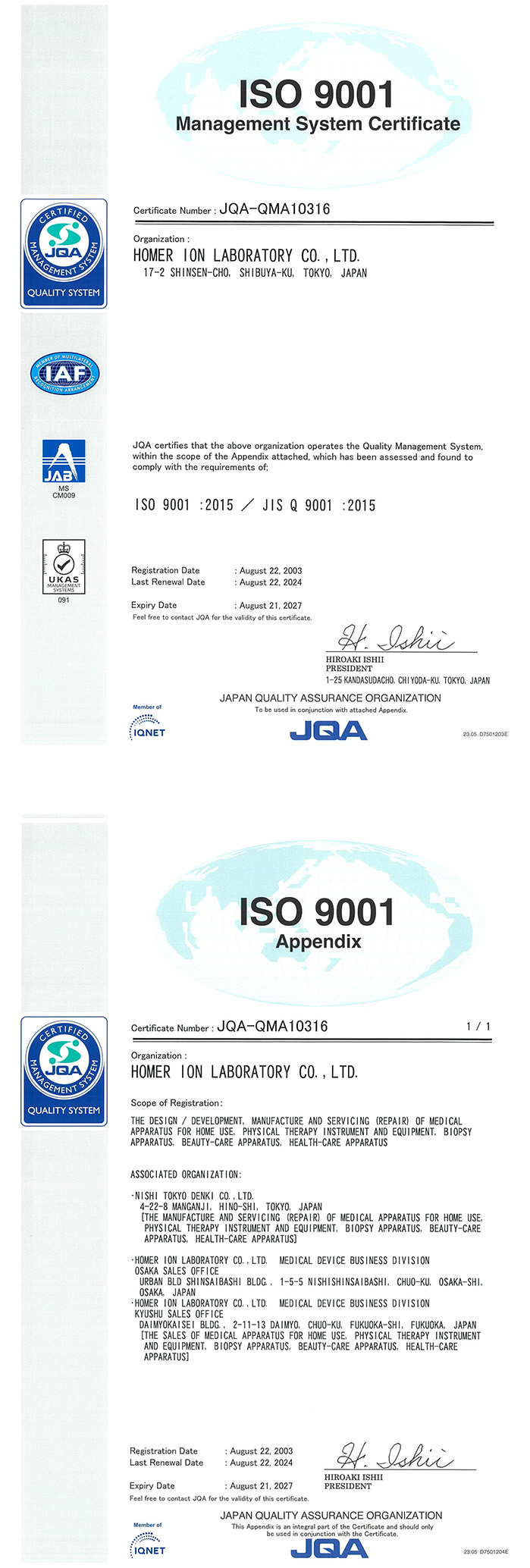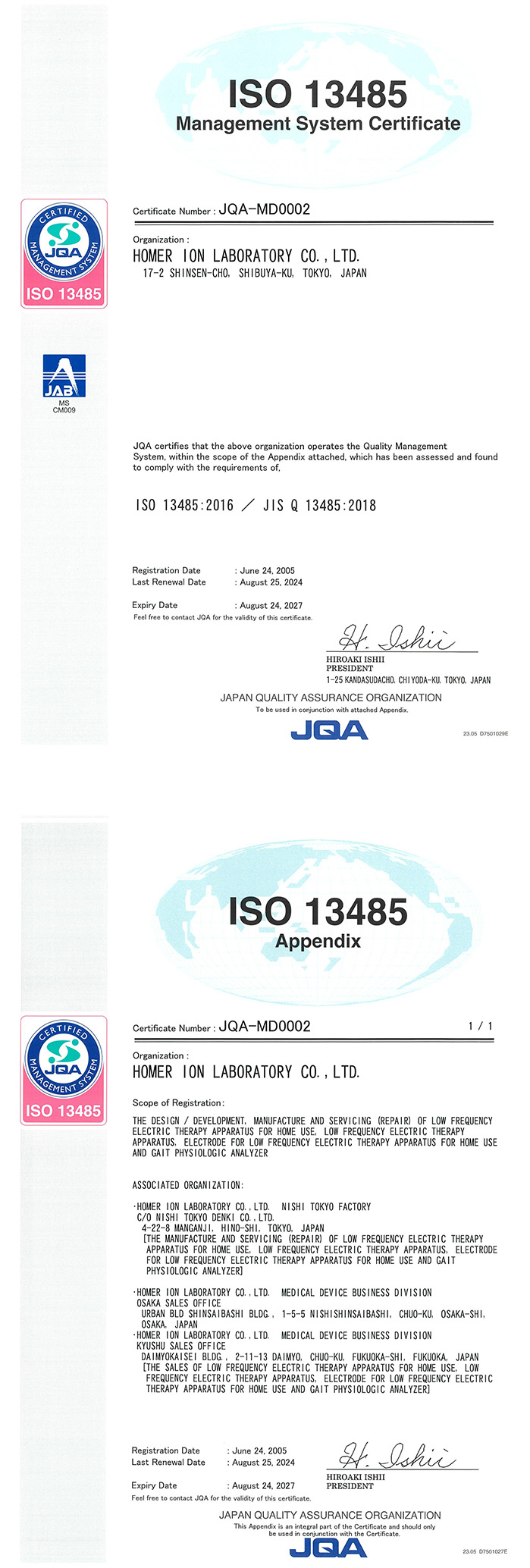

Rehabilitation in disaster settings plays a critical role in supporting both physical and psychological recovery of survivors.The required interventions vary between the immediate post-disaster phase and the subsequent recovery phase, necessitating appropriate support tailored to each stage. Post-disaster rehabilitation support should not be limited to physical recovery alone, but rather incorporate a comprehensive approach that includes mental health care and social reintegration. This column explores current practices and future requirements in rehabilitation by dividing the response into two key phases: immediately after the disaster and during the long-term recovery.

1. Rehabilitation in the Immediate Aftermath of a Disaster
In the immediate aftermath of a disaster, while emergency medical response is the highest priority, rehabilitation also plays a vital role. Early rehabilitation interventions are essential for promoting functional recovery and preventing secondary disabilities. This stage involves acute phase rehabilitation, conducted concurrently with emergency treatment.
Current Practices
Rehabilitation during the immediate phase primarily focuses on acute rehabilitation. Patients with fractures, trauma, or neurological injuries receive early interventions to promote recovery. In particular, early mobilization therapy is recommended for impaired limbs and joints, with rehabilitation professionals conducting range of motion (ROM) exercises to maintain joint flexibility.
Future Directions
To enhance post-disaster rehabilitation in the acute phase, it is necessary to strengthen the early deployment system of medical professionals. A multidisciplinary team—including physical therapists (PTs), occupational therapists (OTs), and clinical psychologists—must collaborate to provide holistic physical and psychological support to disaster victims. Additionally, the development of rehabilitation environments in evacuation centers and temporary shelters is essential. This includes not only deploying rehabilitation equipment but also securing appropriate spaces for therapeutic exercises tailored to the living environment. The use of tele-rehabilitation utilizing medical devices is also effective. By delivering remote guidance via smartphones or tablets, continuous rehabilitation can be maintained even in areas with limited medical resources.
2. Rehabilitation in the Post-Disaster Recovery Phase
Rehabilitation during the recovery phase begins once survivors enter a subacute or post-acute stage. In addition to physical rehabilitation, psychological care and support for social reintegration become critical. Weeks to months following a disaster, patients often require intensive rehabilitation at medical institutions.
Current Practices
During the recovery phase, inpatient rehabilitation is commonly implemented. Physical therapy and occupational therapy are provided to restore muscle strength and joint function. Patients with severe disabilities, such as stroke or traumatic brain injury (TBI), require speech-language therapy and cognitive rehabilitation. Mental health support is also essential, with counseling and group therapy targeting post-traumatic stress disorder (PTSD) and other psychiatric consequences. This phase also focuses on community reintegration, including return to work or school. Support includes vocational training, educational support, and social welfare services, coordinated between rehabilitation professionals and medical social workers.
Future Directions
The development of long-term rehabilitation programs is indispensable. Elderly individuals and those with severe disabilities require ongoing support due to prolonged recovery times. Such continuity ensures the maintenance and improvement of functional independence. Strengthening community-based rehabilitation (CBR) is also a critical issue. Beyond hospitals, establishing support systems across the community—including local rehab facilities and welfare institutions—is necessary for effective post-disaster recovery. Moreover, tele-rehabilitation technologies are becoming increasingly important. Remote rehabilitation is a highly effective intervention, especially for individuals with limited access to in-person services. This enables patients to continue therapy at home, potentially accelerating their recovery.
Conclusion
Rehabilitation in disaster settings is essential to support the physical and psychological recovery of those affected. From acute phase rehabilitation immediately after the disaster to social reintegration support during the recovery phase, each step requires tailored interventions. Although current practices include the deployment of rehabilitation professionals and remote support using medical technologies, a more specialized and sustainable support system is needed moving forward. Additionally, the creation of a collaborative framework within communities and the utilization of advanced technologies will further enhance the effectiveness of disaster rehabilitation. To ensure that survivors can safely and promptly return to daily life, it is imperative to recognize the importance of rehabilitation and build a system of mutual support across society.

